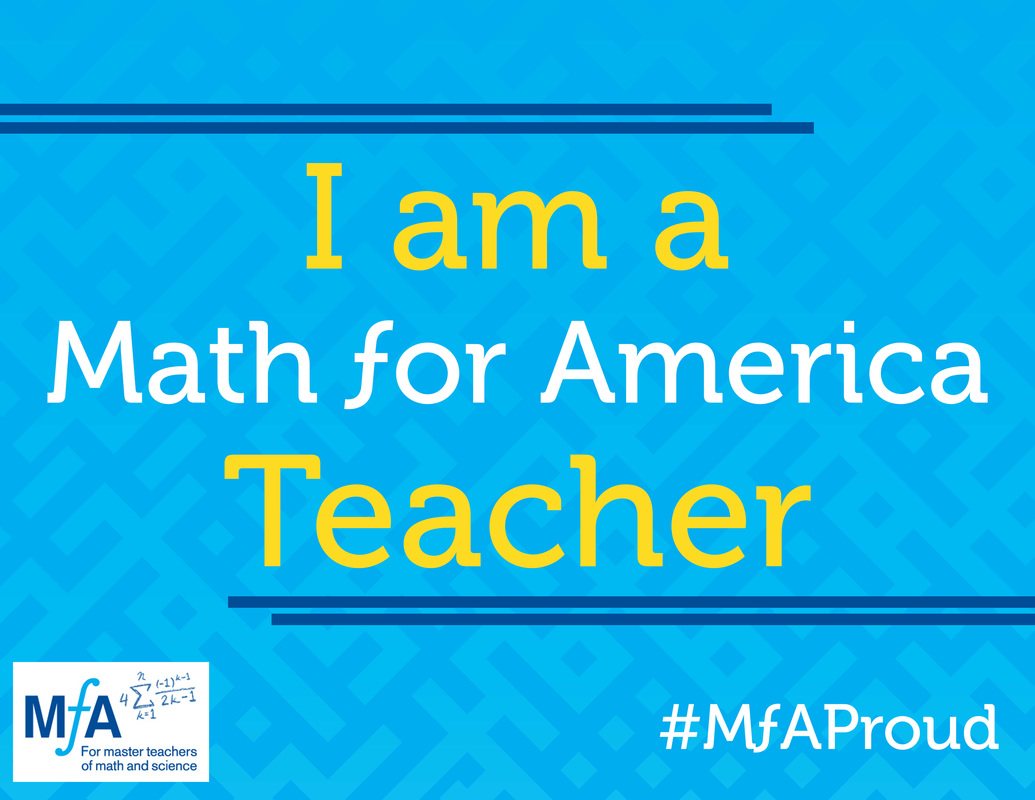------
Schools across New York City opened their doors in September to what might be the most tumultuous year in teacher evaluation history. As students got settled into their first few weeks of classes, teachers across the Department of Education have been learning about Advance, the new evaluation system being implemented this year. The new system grew out of disagreements between Department of Ed and the United Federation of Teachers, the union that represents 75,000 people in schools across the city. While the implementation of Advance has certainly begun, there are many questions that have arisen at meetings. Amongst them: why do we need the system? how does it work? will I be able to keep my job?
A lot of the reasoning for teacher evaluation stems from a desire to know what the most important factor is in the education of an individual student. Studies and analyses by various stakeholders have shown that teachers are the most important “in-school factor” to make this prediction. With that in mind, it makes sense to determine which teachers are actually the best in order to remove the “bad” ones and replace them with new blood. At the same time, little creed is given to the out-of-school factors that account for up to 60% of student success.
But what truly measures the effect one teacher has on a given student? The new evaluation system put into place in New York uses a multi-pronged approach to decide:
- 60% of a teacher’s evaluation is based on in-class observation by a trained evaluator (usually a principal or assistant principal). The evaluation is conducted using a rubric designed by Charlotte Danielson that refers to four specific domains of teacher and learning.
- 20% is provided by state-mandated measures and decided on by the principal. For example, these scores might be based on the High School Regents exams.
- 20% is provided by local measures decided on by a committee of UFT representatives and the principal and are chosen from a menu provided by the NYC Department of Education.
While this new system seems like the perfect balance of qualitative and quantitative data, it is important to analyze each section more thoroughly to understand how a teacher would see its use.
The first category is quite practical: in-class observation is probably the most honest way of getting a read on the quality of a teacher. If s/he seems to have control over the class, planned an engaging lesson, and is respected by the students, s/he is probably doing a good job. If not, then s/he needs help. That being said, there have been issues when principals hold grudges or are not open to new and innovative ideas. Relying entirely on one person’s evaluation of a teacher may not be the best idea of that teacher has a negative relationship with the principal.
That being said, is the second and third sections that create more of an issue for a teacher. These two sections contribute what are called “Measures of Student Learning,” or MOSL for short. It might be easy for outsiders to believe in so-called objective assessments of knowledge. Unfortunately, there are many critics of these standardized tests who call them less-than-objective while some believe their use is actually “junk science.” Regardless of your belief system, it does seem strange that some teachers are being rated on standardized tests that have nothing to do with their subject area.
These so-called objective measures are based on a variety of difficult statistical calculations that few people truly understand or can explain. A brief example:
Mr. Mullin is a 9th grade Algebra teacher and has 150 students to teach on a daily basis. His students will take the Algebra Regents exam at the end of the year and he will receive a score based on their growth (also known as a “value-added” score). This score will likely be included in his evaluation.
But, as many people know, student growth is a hard thing to expect. What if Student A lives at home with no parents and no access to assistance for math? Compare that to Student B who has a math tutor and her parents both have PhDs. What Advance attempts to do is compare “apples to apples” and only grade students on the growth of their peer-group (a determination based on socioeconomic background, IEP status, limitations, etc). In determining a student’s percentile of growth, Student A will only compared to other students of low-income and Student B will be compared to her peer group.
Some of these major issues with evaluation systems like this is the lack of understanding on how it affects teachers. Perhaps the Social Studies teacher who is being rated by the Regents English Language Arts test will de-emphasize pre-Naxi Germany in order to practice spelling. Or maybe math teachers will forego a deeper knowledge level of the material in order to “cover” matrices. Whatever the case, a dramatic paradigm shift is occurring right now and is changing the face of the teaching profession. It behooves all of us to be better educated on how teachers are being treated nowadays - whatever their teaching conditions are also our children’s learning conditions.


 RSS Feed
RSS Feed
